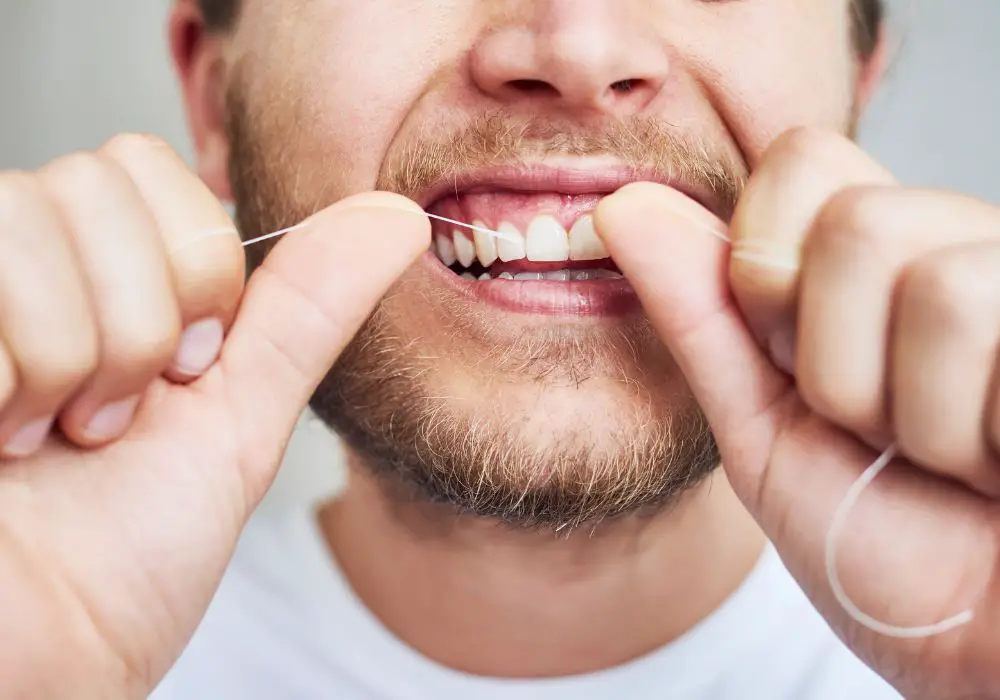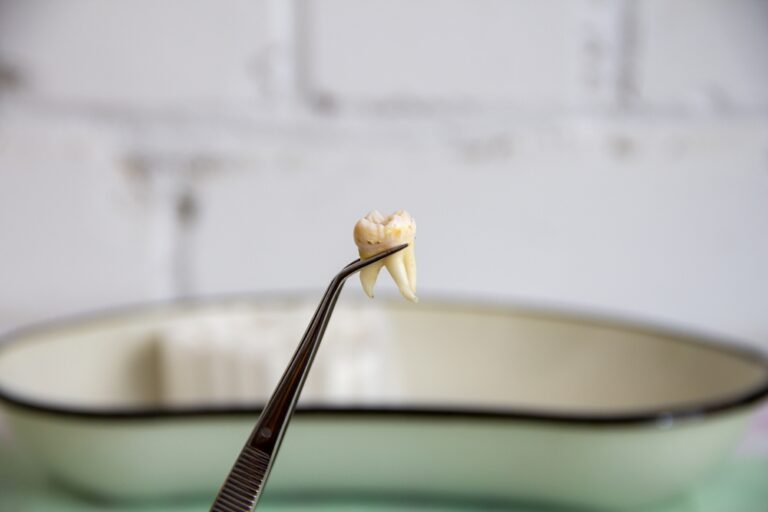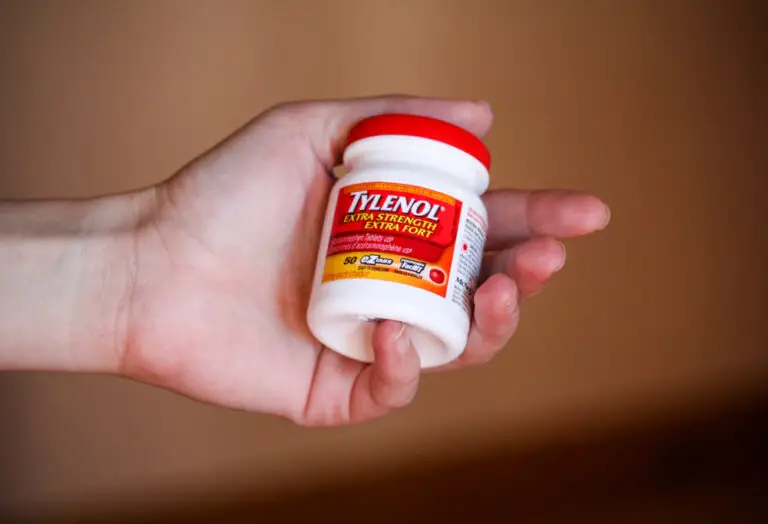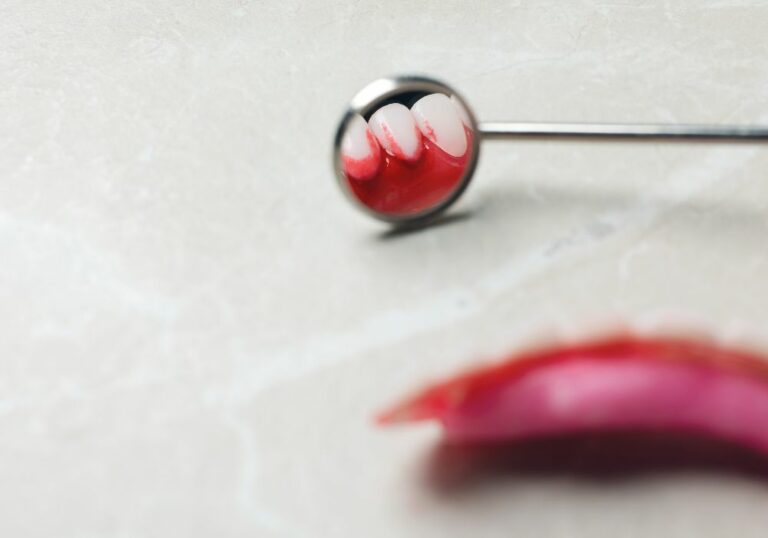Flossing is a critical part of a daily oral hygiene routine. It removes plaque and food debris from between teeth and under the gumline where a toothbrush can’t reach. Flossing helps prevent cavities, gum disease, bad breath and other oral health issues. However, some people experience a sharp, almost electric pain when they press floss down between two teeth. This unpleasant pain is usually a sign of some type of gum tissue irritation or damage. Understanding the most common causes of flossing discomfort can help you adjust your technique or seek the right treatment to alleviate the problem.
What’s Causing the Sharp Pain?

There are a number of possible culprits behind that sudden, uncomfortable jolt of pain when the floss reaches your gums:
Gingivitis
Gingivitis is inflammation of the gums caused by a buildup of plaque in the areas near the base of teeth and along the gumline. Plaque contains bacteria that infect the gums and trigger swelling, redness and sensitivity. As gingivitis worsens, the gums may bleed easily when touched or disturbed. Flossing scrapes against these inflamed, irritated gums, causing a sharp painful sensation. Gingivitis is extremely common, affecting 60-90% of adults globally to some extent.
Periodontitis
Untreated gingivitis can advance into a more serious infection called periodontitis, or periodontal disease. This condition damages the soft tissue and bone structures supporting the teeth. As the infection and inflammation progresses, the gums pull away from the teeth, creating infected pockets. Flossing digs into these abnormally deep pockets lined with inflamed, damaged tissue. The scraping and pressure results in notable pain and bleeding in many cases.
Improper Flossing Technique
Using improper technique when flossing is a prime reason for gum pain and bleeding. Flossing too forcefully and rapidly with a sawing motion shreds delicate gum tissue. Snapping floss up quickly into the gum space instead of gently curving it causes harsh scraping against gum surfaces. Poor technique also fails to remove plaque and debris fully, exacerbating gum infection and sensitivity.
Canker Sores
Canker sores are small round or oval ulcers that form on the gums, insides of the cheeks or lips, underside of the tongue, and at the base of the gums. They have a white or yellow center with a red border. While not contagious, canker sores can be quite painful until they heal. If a canker sore has developed near your gums, flossing across the ulcer will cause a temporary stinging or sharp pain.
Recent Dental Work
After certain dental treatments, the gums remain sensitive and vulnerable as they heal. Procedures like fillings, root canals, tooth extractions, crown placement or dental implant surgery often require the gums to be manipulated or cut. Flossing too vigorously or soon after these treatments while the gums are still healing can definitely cause sharp, sudden discomfort.
Periodontal Disease Treatments
Certain dental procedures to treat advanced gum disease also increase temporary flossing discomfort. These include gum grafting surgery, laser therapy to remove diseased gum tissue, and deep cleaning under the gums. In the week or two following these treatments, the gums remain inflamed and tender as they mend.
What Does This Pain Mean?
Brief, mild gum sensitivity when flossing occasionally is generally not a major concern, especially if no bleeding occurs. However, frequent or excessive pain and bleeding every time you floss is NOT normal. This usually signals some type of gum infection or irritation needing attention.
Ongoing sharp flossing pain may indicate:
- Gingivitis – Mild but chronic gum inflammation. Requires improved hygiene and plaque removal.
- Periodontitis – Serious gum infection and damage. Needs deep professional cleaning and antimicrobial or surgical treatment.
- Poor flossing technique – Incorrect method stresses gums. Proper technique must be learned.
- Canker sore – Ulcer needs protection until healed.
- Recent dental work – Gums are still healing and easily irritated.
- Other oral infection – Bacterial, viral or fungal infection irritating the gums.
Do not ignore consistent sharp pains and bleeding when you floss. These signs mean your gums desperately need better care and treatment to heal. Seek dental advice to identify the exact cause and optimal solution.
Tips to Prevent Flossing Discomfort

You can take proactive steps to prevent or minimize gum irritation and pain while flossing:
Use Proper Technique
- Curve the floss gently around the base of each tooth instead of rapidly snapping it upwards.
- Avoid aggressive sawing motions. Use very light vertical motions.
- Ease floss down gently and cautiously where gums are inflamed or receding.
- Unwrap a fresh section of floss as it becomes used and shredded to prevent spreading bacteria.
- Take time to fully clean around and under each tooth, even where gums are painful. This ensures harmful bacteria are removed.
Choose Waxed Floss
Waxed floss slides smoothly across gums and between tight teeth with less friction compared to unwaxed varieties. This minimizes scraping or cutting tender gum tissue.
Improve Your Oral Hygiene
- Brush properly twice a day with a soft or extra-soft bristle toothbrush. Be sure to carefully brush gumlines and sulci.
- Get professional teeth cleanings every 6 months to prevent plaque buildup and remove stubborn calculus deposits.
- Use antibacterial, alcohol-free mouthwash to reduce bacteria around gums and freshen breath.
Allow Gums Time to Heal After Dental Work
Give gums at least 2-3 days to begin healing before flossing if they were manipulated during dental procedures. Avoid disturbing stitches, scabs, painful areas.
Let Canker Sores Heal Before Flossing
Temporarily avoid flossing directly over a canker sore. Give the ulcer about 7-10 days to disappear and heal completely before flossing that area.
Consider Alternatives if Flossing is Too Painful
If gums are so inflamed that flossing normally is impossible, ask your dentist about using a water flosser or interdental brushes until gums improve. These may be gentler options.
When to See a Dentist About Flossing Discomfort
Schedule a dental exam promptly if you experience:
- Bleeding and pain every time you floss, even with proper technique
- Swollen, red, tender gums that do not improve
- Pus oozing from between teeth
- Gums that have pulled away from multiple teeth
- Increased teeth sensitivity and looseness
- Halitosis and persistent bad taste that won’t resolve
- Pain and sensitivity when eating hot, cold or sweet foods
These symptoms typically indicate some form of gum disease that requires professional help. The dentist can assess gum health, take x-rays, perform any needed dental imaging, and diagnose the exact problem. Based on examination findings, your dentist will provide thorough deep cleanings, gum treatments, oral hygiene instructions and follow-up care recommendations to resolve flossing pain and optimize gum health.
Professional Treatment Options for Flossing Discomfort

Depending on examination and diagnosis, your dentist may recommend and perform these treatments if gum disease appears responsible for flossing pain:
Scaling and Root Planing
This deep cleaning procedure uses specialized dental instruments to carefully remove plaque, calculus, biofilm and bacteria from deep within periodontal pockets and areas below the gumline. Local anesthetic is sometimes used for comfort.
Laser Therapy
Advanced laser light can target and eliminate diseased gum tissue and bacteria inside periodontal pockets with precision, enhancing healing. Often used in conjunction with scaling and root planing.
Medicated Chip Treatment
A tiny, medicated collagen sponge called Atridox is inserted below the gumline and slowly releases antimicrobial medication for several weeks. This shrinks infection and inflammation in pockets, allowing gums to reattach.
Gum Grafting Surgery
In cases of severe gum recession, grafting surgery can replace lost gum tissue and reattach gums more firmly around teeth. This protects vulnerable tooth roots and reduces sensitivity.
Oral Antibiotics or Antiseptic Rinses
For stubborn cases of gingivitis or periodontitis, the dentist may prescribe antibiotics in pill form or antimicrobial mouth rinses to reduce harmful oral bacteria.
With professional treatment and daily oral hygiene improvement, painful gum irritation and flossing discomfort can be successfully managed. Practicing proper flossing technique is imperative both during and after treatment. Your dentist will monitor healing progress at follow-up appointments.
Frequently Asked Questions About Sharp Flossing Pain
Is occasional minor bleeding when I floss normal?
Mild bleeding when flossing is fairly common, especially if gums are inflamed from inadequate plaque removal. However, heavy or excessive bleeding indicates diseased gum tissue needing treatment.
How can I tell gingivitis from periodontitis?
Gingivitis typically causes milder pain with minor spot bleeding but no permanent damage. Periodontitis involves more severe pain, heavy bleeding, changes in tooth fit, and irreversible gum recession. A dentist can diagnose disease severity through x-rays and probing gum pockets.
Can flossing too much or too hard cause damage?
When practiced properly, flossing 1-2 times daily is recommended and safe. Flossing more aggressively or often than necessary can over-irritate gums. Use a gentle touch and allow gums time to strengthen.
Should I avoid flossing areas that are painful?
Do not skip flossing painful spots, as this allows more plaque buildup. Instead, floss these areas much more gently and consider a softer floss. See your dentist to treat the gum infection and sensitivity.
Why would my gums hurt for several days after flossing?
Extended gum soreness after flossing typically means tissue damage occurred, often due to overly harsh flossing motions. Use a gentler approach or try waxed floss. See a dentist if pain persists.
Conclusion
It’s understandable to want to forego flossing if it’s painful. However, flossing is critical for gum health and preventing extensive oral disease like gingivitis or periodontitis. Seek professional dental care to get gum infections and irritation under control so flossing can be comfortable and beneficial rather than painful. With proper technique and treatment, your gums can return to a state of health that enables painless, effective flossing.







